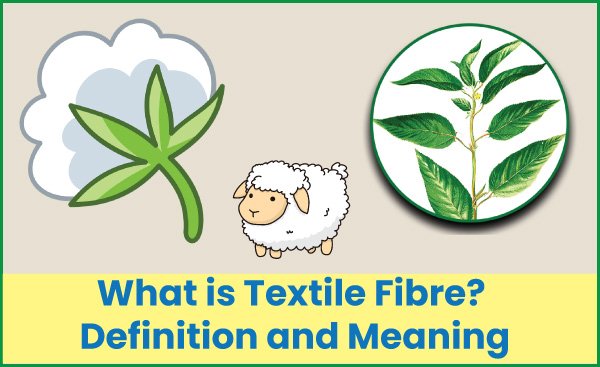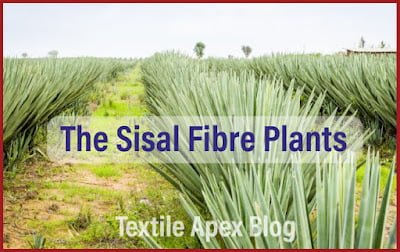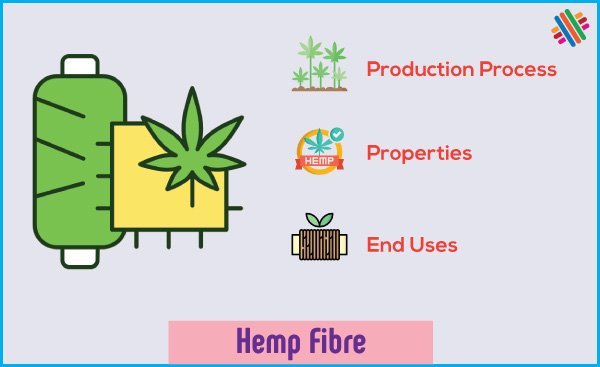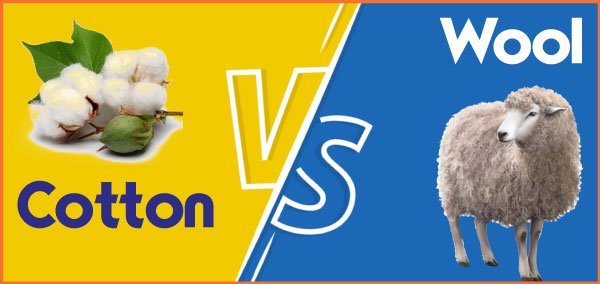What is Textile Fibre: Definition and Meaning
Last updated on August 10th, 2023 at 01:40 pm
Textile Fibre Definition
The use of textiles for clothing and furnishing depends upon a unique combination of properties. Textiles are warm; they are soft to the touch; they are completely flexible and thus take up any desired shape without resistance; and they are usually hard-wearing.
The reason for these properties is to be found in the structure of textile materials. Textiles are derived from threads or yarns which have been interlaced in one way or another. The threads them-selves are flexible, and in their loose interweaving they remain flexible, conferring this property on the cloth itself.

In their turn, the threads or yarns are built up by twisting together the long, thin, flexible but strong things we call fibres. Ultimately, therefore, the properties of any material must depend very largely on the properties of the fibres from which it is made. The spinning and weaving process obviously have their effect on the final textile. A worsted suit, for example, bears little superficial resemblance to a baby’s cardigan, though both are made from wool. But the basic natures of the two garments are similar, and are a consequence of the fact that each is made from wool.
For a fibre to be suitable for textile purposes certain qualities are desirable; others are essential. First to a fibre at all, the length must be several hundred times the width. It is this that enables fibres to be twisted together to form a yarn or thread.
In addition, the fibre must be strong and yet extremely flexible. Strength is needed to enable it to withstand the spinning and weaving processes, and to provide strength in the final cloth. Flexibility permits the fibre to be spun and woven, and gives to a textile its unique characteristics.
The actual length of the fibre is important. It can be infinitely long, but should not be shorter than 6 – 12 mm, or it may not hold together after spinning. The width of the fibre can vary between considerable limits, and it is upon this that the fineness of the material eventually depends. Silk, for example, is a fine fibre and yields a delicate cloth; jute is a course fibre that is largely used for making sacks.
In addition to having strength and flexibility, a textile fibre should be elastic. Brittleness leads to poor wear in the garments; elasticity allows the material to ‘give’ when subjected to stretching force.
Waviness, or crimp, is a natural feature of certain fibres such as wool. It affects the ‘holding together’ power of the fibres in the spun yarn and controls the porosity and warmth of the fabric.
The ability of a fibre to absorb moisture influences the hygienic qualities of cloth. Fibres that cannot absorb moisture may help to make the cloth feel clammy when it is worn.
The weight of a fibre affects the draping qualities when it is made into a cloth. If the fabric is too light, it may not drape well; yet, if it is too weighty, the material will be heavy and dull.
With all the variability possible in these important properties, it is not surprising that we find such diverse characteristics in the natural fibres. Nor it is reasonable to expect that anything that looks fibrous will be suitable for making into textiles.
When we add to these requirements the essentials of abundance and cheapness, we find that the number of fibres suitable for large scale textile use has narrowed down to relatively few.
Some of them, like cotton and flax, are vegetable fibres which nature uses for some essential purpose in the growing plant; others, like wool or silk, are produces by the animal world.



